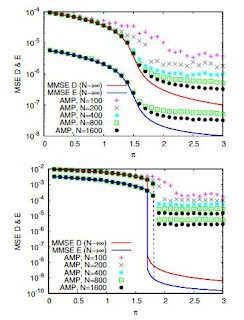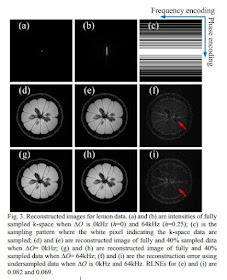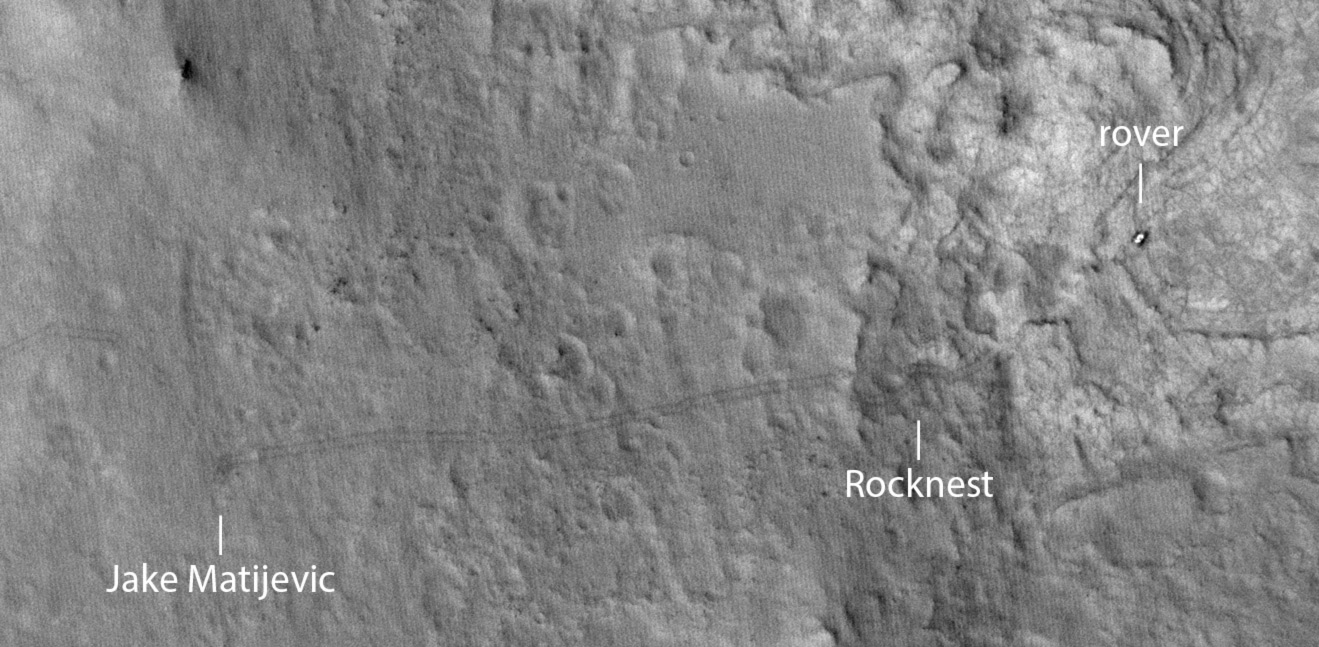Marco Signoretto sent me the following:
Dear Igor,we are organising ROKS 2013, a workshop that includes compressed sensing in its scope (see http://www.esat.kuleuven.be/sista/ROKS2013/ for details).Can you please post the announcement below in Nuit Blanche?Best RegardsMarcodr. Marco SignorettoESAT - SCD - SISTA,Systems, Models and ControlKatholieke Universiteit Leuven,Kasteelpark Arenberg 10, B-3001 LEUVEN - HEVERLEE (BELGIUM)
Absolutely Marco ! I presume the hashtag for the meeting will #roks2013. From the page, the scope of the meeting:
Welcome to ROKS-2013 One area of high impact both in theory and applications is kernel methods and support vector machines. Optimization problems, learning and representations of models are key ingredients in these methods. On the other hand considerable progress has also been made on regularization of parametric models, including methods for compressed sensing and sparsity, where convex optimization plays a prominent role. The aim of ROKS-2013 is to provide a multi-disciplinary forum where researchers of different communities can meet, to find new synergies along these areas, both at the level of theory and applications. The scope includes but is not limited to:
- Regularization: L2, L1, Lp, lasso, group lasso, elastic net, spectral regularization, nuclear norm, others
- Support vector machines, least squares support vector machines, kernel methods, gaussian processes and graphical models
- Lagrange duality, Fenchel duality, estimation in Hilbert spaces, reproducing kernel Hilbert spaces, Banach spaces, operator splitting
- Optimization formulations, optimization algorithms
- Supervised, unsupervised, semi-supervised learning, inductive and transductive learning
- Multi-task learning, multiple kernel learning, choice of kernel functions, manifold learning
- Prior knowledge incorporation
- Approximation theory, learning theory, statistics
- Matrix and tensor completion, learning with tensors
- Feature selection, structure detection, regularization paths, model selection
- Sparsity and interpretability
- On-line learning and optimization
- Applications in machine learning, computational intelligence, pattern analysis, system identification, signal processing, networks, datamining, others
SoftwareCo-sponsored by ERC Advanced Grant and KU Leuven
















|utmccn=(direct)|utmcmd=(none)&__utmv=-&__utmk=198284911)
